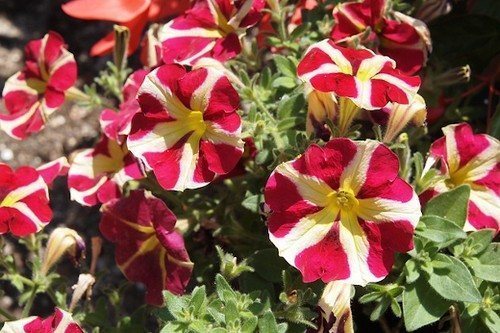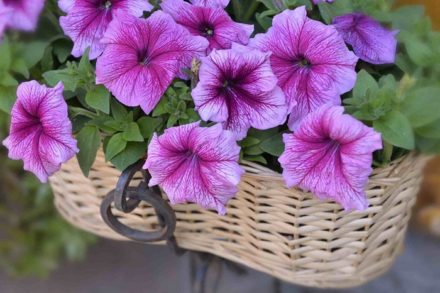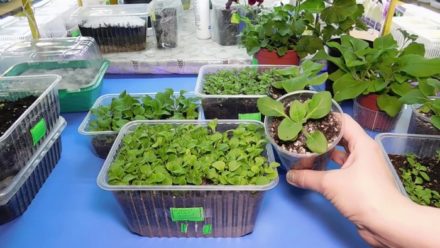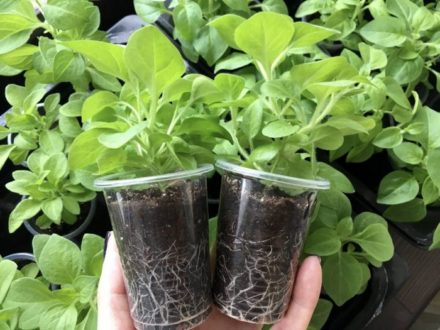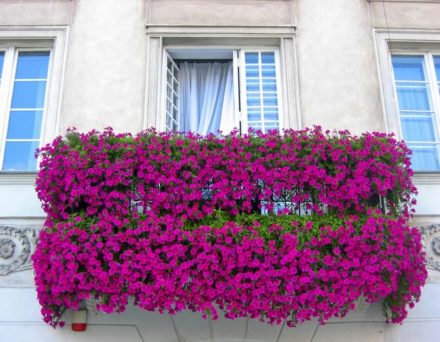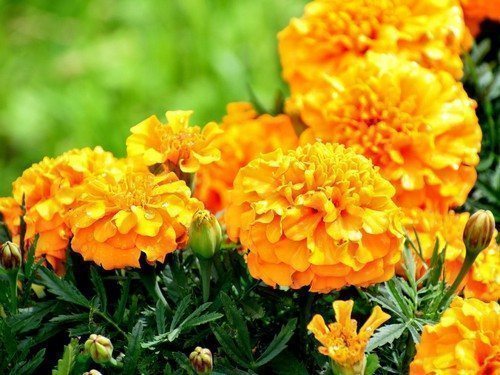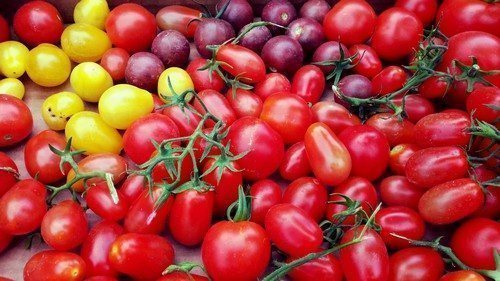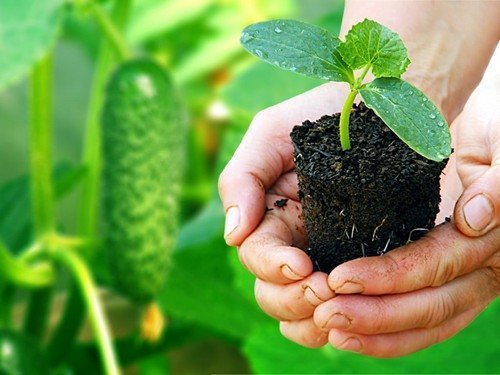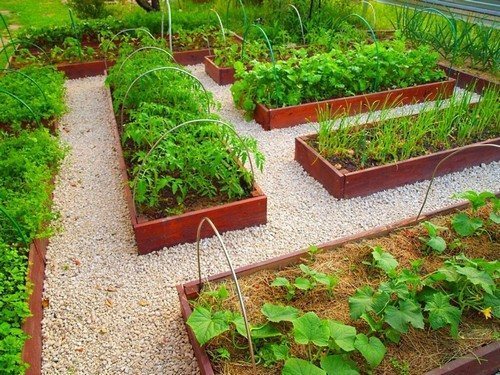Petunia is a plant that can decorate not only a flower bed, but also a balcony, loggia, terrace or porch. The plant is valued for its long flowering period, a large number of bright flowers on the bush, as well as its ease of care. But, in order to successfully grow petunia from seeds at home, it is worth knowing some secrets.
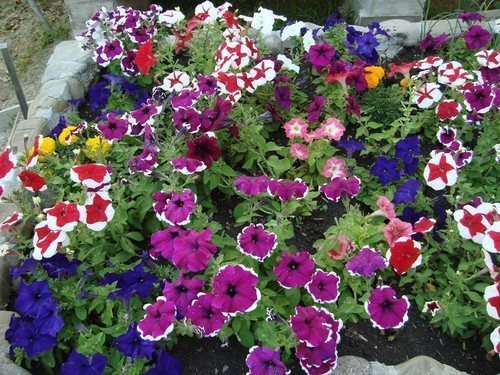
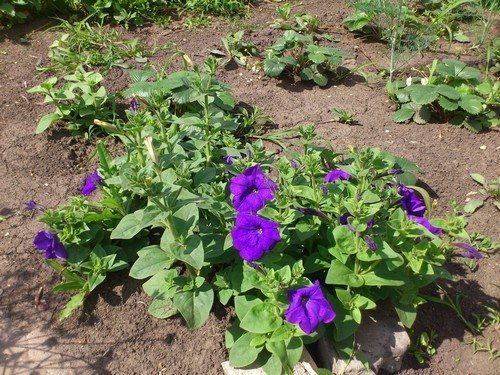
Seed selection
The most important requirement for seed material is that it must be fresh. One of the main difficulties that a gardener may encounter is a low germination rate.
When choosing seeds, you should give preference to products from trusted manufacturers. Coated seeds must be sprouted in high-moisture soil to dissolve the coating.
When purchasing regular seeds, you should ask the seller about the conditions and shelf life.
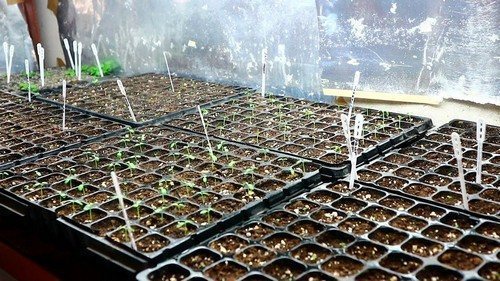
Container for planting
To grow petunias for seedlings, it is enough to use a small container up to 10 cm deep. There are ready-made cassette greenhouses on sale, but a plastic container for various products is also suitable. Before filling the soil, it is worth disinfecting the container with a weak solution of potassium permanganate and rinsing.
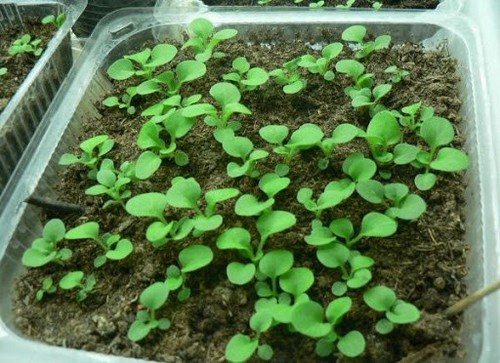
It is worth making holes in the bottom of the container for drainage. It is necessary to lay a layer of expanded clay on the bottom. The soil that will be used for growing seedlings must undergo heat treatment. For this purpose, place it in the microwave for a few minutes, or pour boiling water over it.
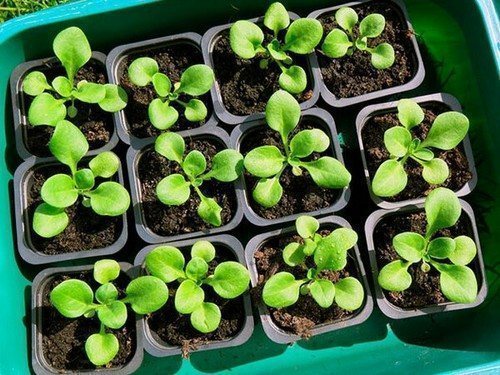
Do not fill the container completely with soil. It is necessary that the soil does not reach the edge of the container by 2 cm.
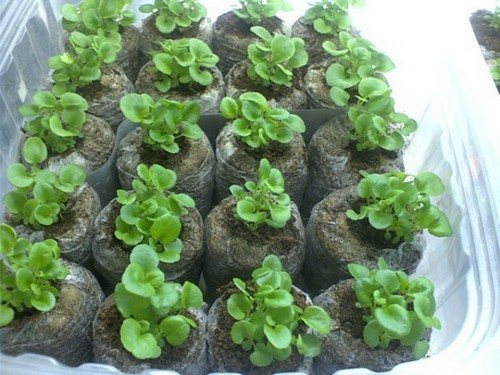
Sowing seeds correctly
Petunia seeds germinate only in the presence of light. If they are buried in the soil, or sprinkled even with a very thin layer, they will die.
It is best to put snow in a container and sow petunia directly into this layer. The snow will gradually melt, and eventually the seeds will end up in the substrate. If snow is not available, then the grains are placed on the surface of the substrate and watered with a spray bottle. This must be done carefully so that the seeds do not end up inside the soil. The box with seedlings must be covered with film. The container is placed in a warm (at least 25 ° C) and bright place.
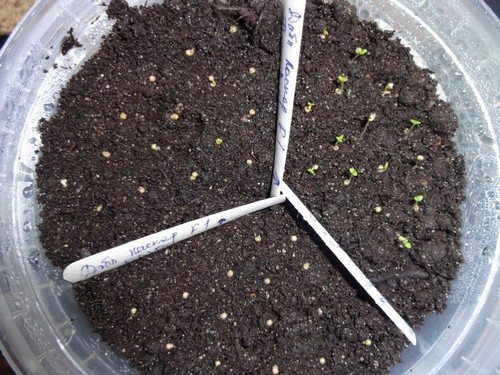
To germinate coated seeds, it is best to use individual tablets. First of all, the tablets are placed in water and waited until they are soaked. After this, they are taken out of the water and placed in a container with high sides. One grain is placed in each tablet. For this purpose, use a toothpick or match. Water is dripped onto the surface of the seeds (using a pipette). The shell will soften and will need to be removed. The sprout will begin to develop faster. After sowing, the containers are covered with cling film or glass.
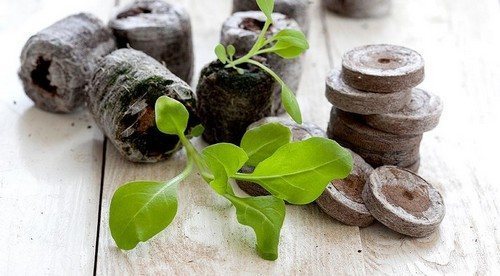
Growing petunia in tablets has a higher germination rate. The tablets are also easy to care for and replant.
Conditions for growing seedlings
Petunia seeds germinate only at a temperature of +24-25 °C. Particularly temperature-sensitive hybrid varieties.If the temperature is below normal, the grains simply will not sprout, and at higher temperatures, young plants will begin to stretch out and become sick.
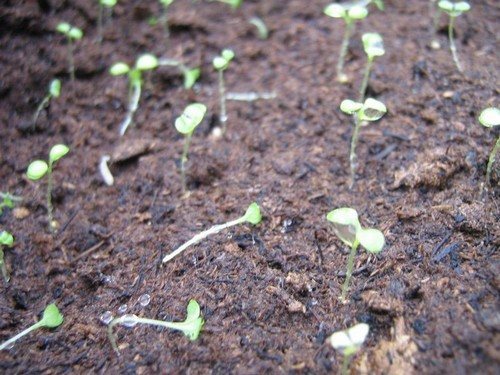
Seeds germinate on the sixth or seventh day after germination, if they are provided with temperature conditions and proper lighting.
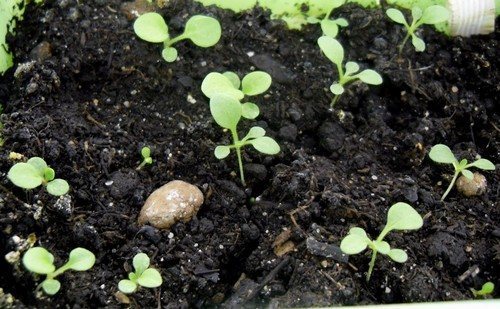
After germination, seedlings need regular ventilation twice a day. First, the film is removed for 20 minutes, on the second day - 40. Every day the time is increased, and the temperature is reduced to + 20 ° C during the day, and to + 16 ° C at night. This will prevent the sprouts from stretching too much.

The first days after germination, the plant’s root system actively develops. Shoots and leaves will begin to grow much later.
Illumination of growing plants
For normal development, a young plant needs round-the-clock lighting. This technique will speed up the growth and appearance of the first buds. Petunias grown under such conditions are more resistant to disease.
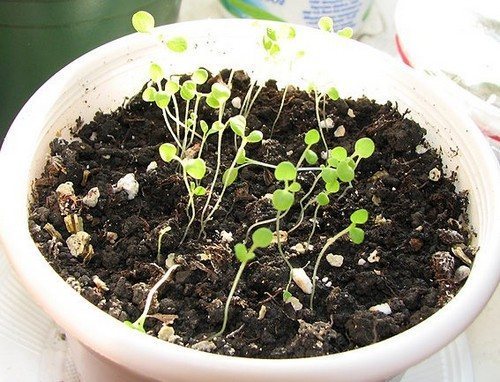
Daylight hours should be at least 12 hours. The illumination level is 50,000 lux. As a rule, the lamp is turned on early in the morning, at about seven in the morning, and turned off no earlier than ten in the evening. After picking, the illumination level is increased to 55,000 lux.
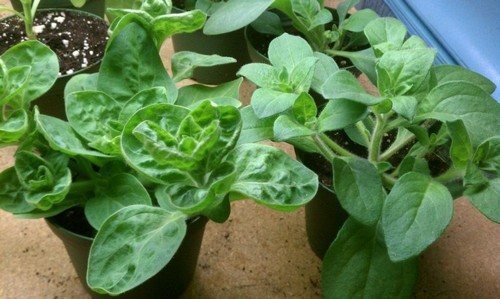
For this purpose, it is best to use a special phytolamp. But a gas-charging lamp, LED or fluorescent lamp is also suitable. The distance between the lamp and the seedlings should be 20 cm.
We organize watering
Petunia seedlings prefer to grow in conditions of moderate humidity.Too wet soil promotes the development of fungal infections, and a lack of moisture will lead to the death of young and fragile plants.
It is best to use drip irrigation. A syringe is used for this purpose. With its help, water is supplied directly to the root of the plant. Do not allow liquid to get on the surface of the leaves. You can also pour water into a tray or onto the wall of a container.
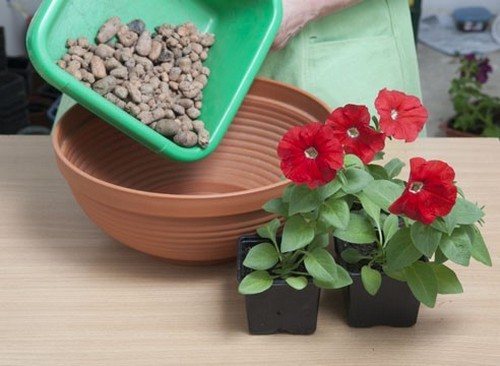
Soft, settled water without chlorine is suitable for irrigation. It should be at room temperature. You can also add a small amount of lemon juice to the watering liquid.
It is best to water the seedlings in the evening.
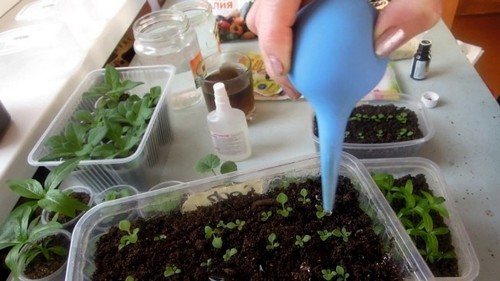
Selecting fertilizers
For the first two weeks, seedlings are treated with a weak solution of Pervikura potassium permanganate using a spray bottle. After the plant produces its fourth true leaf, the petunia is treated with fertilizers for foliar feeding. For this purpose, you can use Crystalon, Uniflora micro or others. Foliar feeding alternates with root feeding. Fertilizers should be applied two to three times a week.
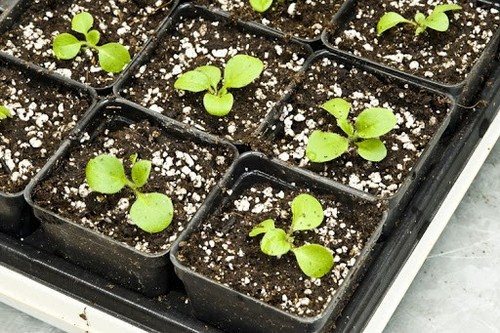
Picking
This step is not necessary if young plants grow in cassette containers or tablets. The root system of petunia is very branched, and picking cannot be avoided during group plantings.
Picking is done after the appearance of the second or third pair of leaves. Each specimen, along with a lump of earth, is carefully transferred into a glass or container with a volume of at least 200 ml. All voids in the container must be filled with soil. After transplanting, the seedlings are watered and soil is added if necessary. The dishes must have drainage holes.
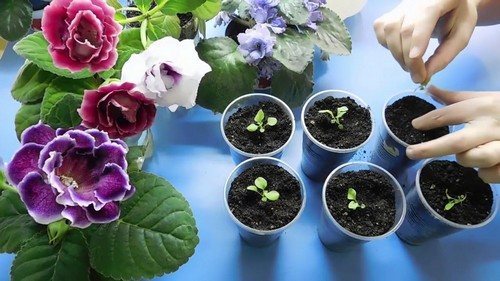
During this period, the plant needs shading from sunlight and a lower temperature (can be reduced by 4 °C). This will avoid pulling. This regime must be followed for at least a week.
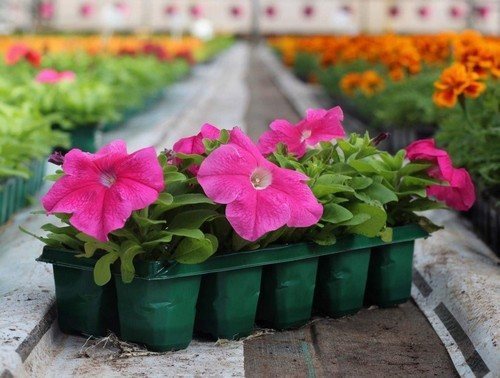
Secrets to successfully growing petunias
- Petunias are sown in the second half of February or early March. You can sow in several stages, starting in January. Then the petunia bushes will begin to bloom gradually.
- To grow petunia seedlings, you can use a universal soil mixture.
- In February and March, seedlings need additional lighting.
- If the seedlings have sprouted thickly, they need to be thinned out.
- It is very important to ensure that the required level of humidity is maintained. Overwatering leads to the development of a fungus called blackleg (a black area on the stem near the base). Plants that turn white are destroyed.
- Fungicides and growth stimulants are often added to the irrigation liquid. This helps prevent disease and accelerate development.
- After picking, the plants begin to be fed only after 7-10 days.
- If the petunia variety is characterized by strong growth, then after the 5th leaf appears, the top of the plant is pinched. Sometimes they make several pinches as the bush grows.
- If the plant lacks iron, chlorosis may develop. For prevention, special iron-containing preparations for plants are added to the soil substrate.
- Before planting young plants in open ground, hardening is carried out. The boxes with seedlings are gradually taken out into the air, constantly increasing the time.
- Petunia bushes are planted in the flowerbed late in the evening or in cloudy weather.
- When purchasing ready-made seedlings at retail outlets, you need to check that there are no yellowed or dry parts on the bushes.The substrate should be moderately moist. There should be no insects on the underside of the leaves.
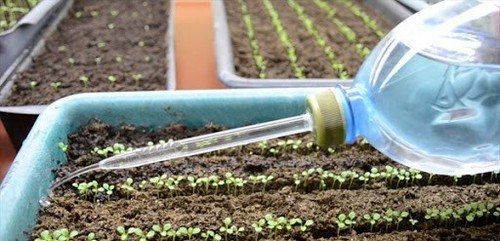
Petunia is a beautiful and colorful plant. In order for seedling growth to be successful, the plant must be provided with appropriate levels of light, temperature and humidity in its earliest stages. For better development of the root system, boxes with seedlings can be placed on a heating radiator. Also, do not neglect fertilizing. As the volume of green mass increases, the amount of fertilizer should be increased. If the need arises, the growth of petunia can be slowed down. To do this, lower the temperature slightly.


